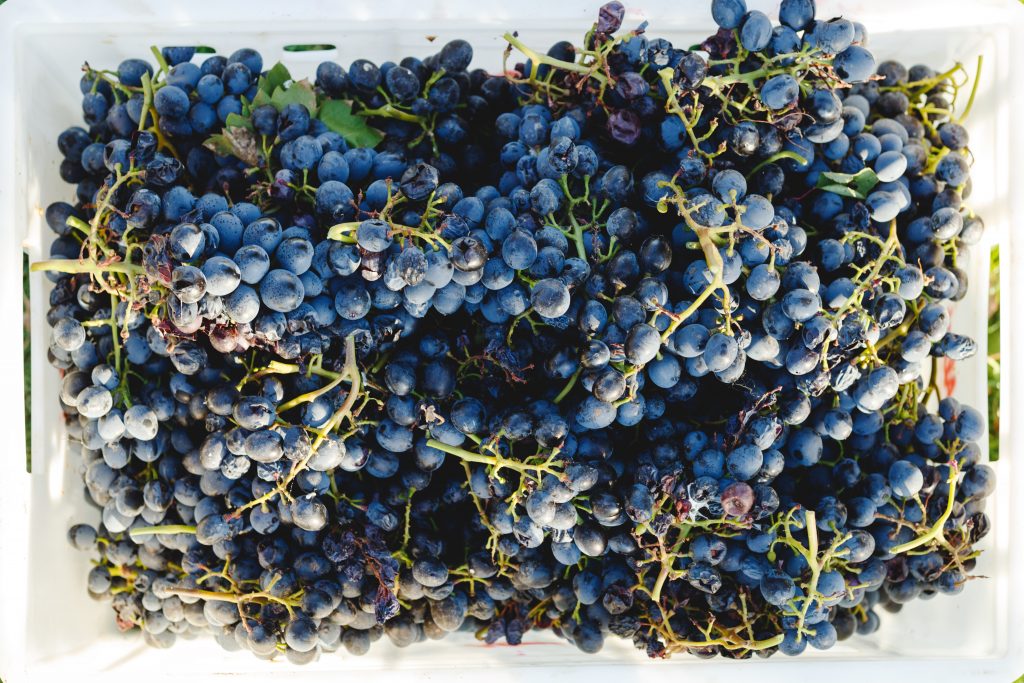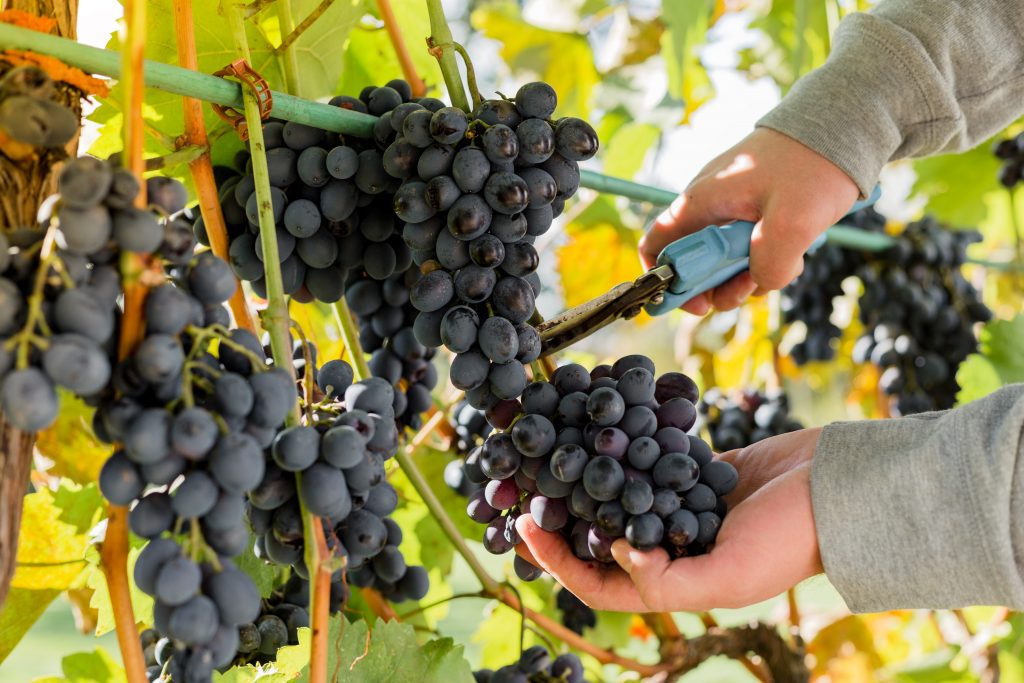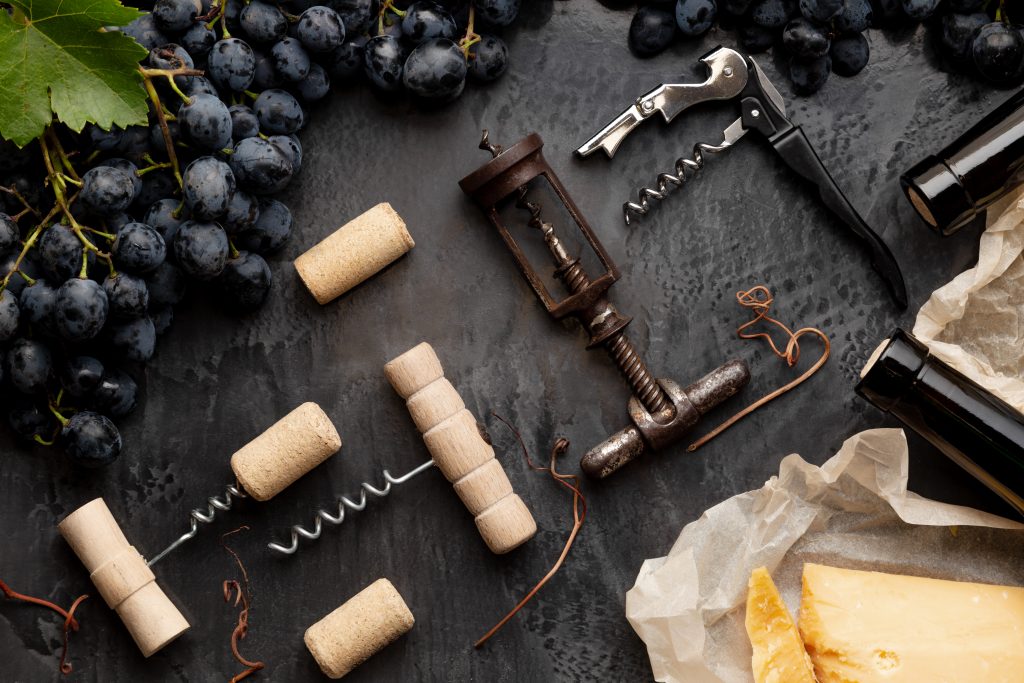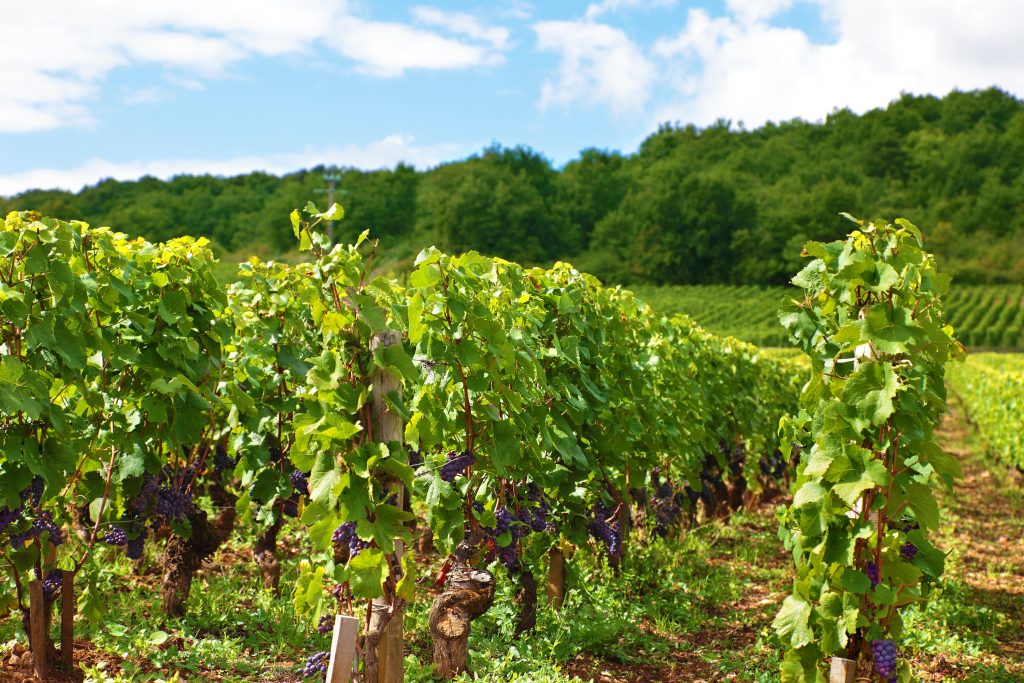On the occasion of the International Cabernet Sauvignon Day, here is a small guide with what you need to know about this great grape variety, dominant in the blends of the most famous wines of the Médoc and Graves regions in Bordeaux and coming from the French department of Gironde, located in the southwest of France (Aquitaine region).
This variety has been admired and planted everywhere where vines are grown for wine production, with the exception of those regions that are too cool, such as Burgundy, due to its relatively late maturity. This is due to the fact that in the 20th century the fashion for growing international varieties exploded and Cabernet Sauvignon was the star variety.

Characteristics of the Cabernet Sauvignon variety
It is a vigorous variety with late budding and medium-late ripening, which adapts very well to gravelly and well-drained soils, preferably with an acid PH. It is also very susceptible to fungal diseases affecting the wood such as tinder and eutypiosis and also to powdery mildew.
Occasionally, it is also susceptible to stem desiccation. Its clusters and berries are small, thick-skinned and bluish in colour. The vine shoots are hard, which makes it suitable for mechanical harvesting and, at the same time, protects it from spring frosts.

What does this grape bring to your wines?
The Cabernet Sauvignon variety is characterised by its powerful and age-worthy character in red wines. Thanks to its small berries and thick skin, Cabernet Sauvignon wines tend to be deep in colour, with a high tannin content and relatively high acidity.
Cabernet Sauvignon wines tend to be noble and aromas can range from blackcurrant to cedar, although such is their affinity with oak that in young wines it can be difficult to dissociate the fruit from the wood. Some varieties produce wines with higher levels of phenols, which means that winemakers must be particularly careful with extraction techniques in some vintages, especially when the grapes have had trouble ripening.
The high concentration of tannins in Cabernet Sauvignon wines makes the wines last for decades, occasionally centuries, and may need like Port wines a long time in bottle before consumption to round the tannins (this is common in Bordeaux wines). Many Cabernet Sauvignon wines have a certain austerity when young.

With which other grapes is it usually combined?
Unless the Cabernet Sauvignon variety is very ripe, it tends to produce wines of long structure but somewhat shorter in fruit so it has traditionally been blended with Merlot to bring a fruity and soft character to the wine.
Because the ripening cycle of Cabernet Sauvignon can vary significantly in Bordeaux, Cabernet Sauvignon is grown alongside Merlot and Cabernet Franc (both of which are earlier) to ensure wine production. The close genetic relationship between these three varieties makes them good allies for blending.
In wine parlance, “Bordeaux Blend” is the blend between Cabernet Sauvignon and Merlot or Cabernet Franc, or sometimes other varieties such as Petit Verdot, Malbec and even Carmenère.

What makes Cabernet Sauvignon such a special grape?
The most remarkable thing about Cabernet Sauvignon is the identity it brings to any wine in which it participates, even if the amount of Cabernet Sauvignon it contributes is minimal. However, it only produces great wines in a few regions.
Where are Cabernet Sauvignon wines produced?
The regions where the best examples of Cabernet Sauvignon red wines are produced are: Médoc, Pessac-Léognan, Penedés, Napa Valley, Bolgheri, Sonoma, Santa Cruz Mountains, parts of Washington State, Chile, Coonawarra and Margaret River in Australia.
In Spain, Cabernet Sauvignon was introduced in the mid-19th century by Marqués de Riscal in Rioja and Eloy Lecanda of Vega Sicilia in Ribera del Duero, but it was Miguel Torres and Jean León in the 1960s who encouraged Spanish winemakers to value this queen variety.

Torres Mas La Plana 1970 was among the best wines in the execution of the famous 1976 judgment of the Paris blind tasting comparison of French wines and wines from other wine-growing areas.
In 2008, Cabernet Sauvignon was the fourth most planted red wine variety in Spain. It is particularly popular in the north, in the Navarra and Somontano appellations, as well as in La Mancha, Ribera del Duero, Andalusia and Priorat. Many winegrowers have planted new vineyards in Spain and seem to choose Cabernet Sauvignon as their main ingredient.






